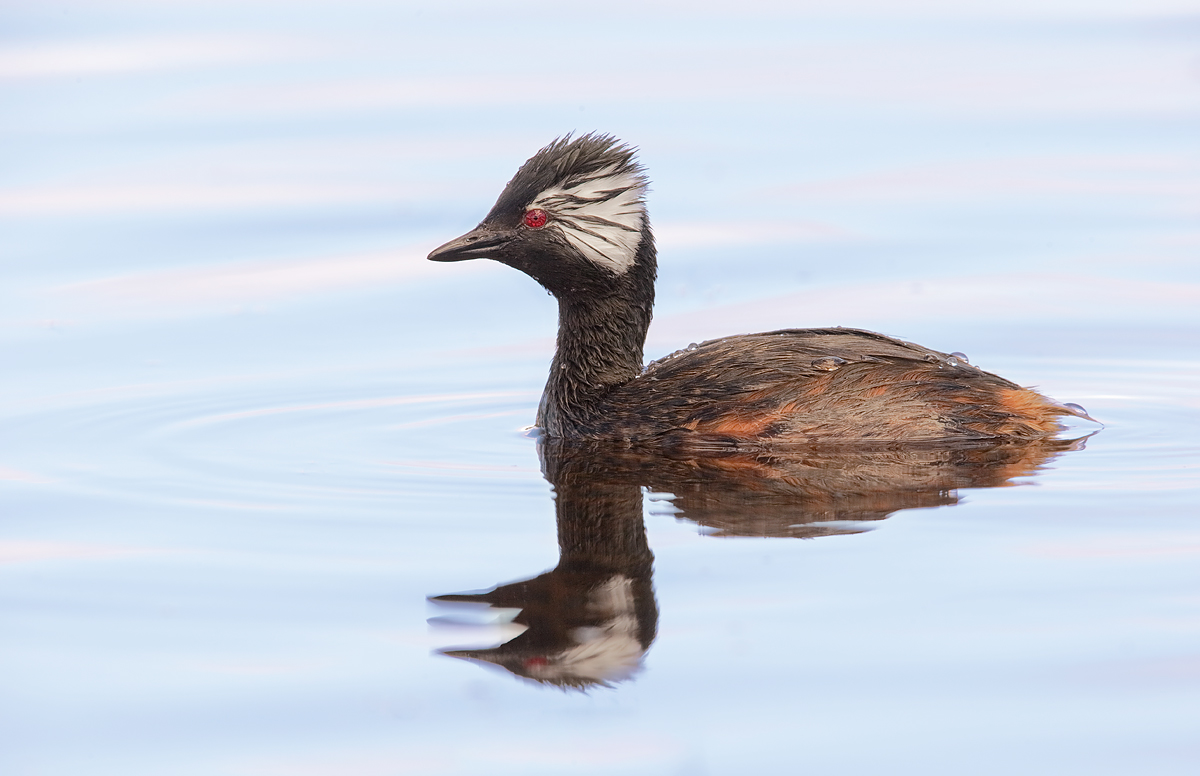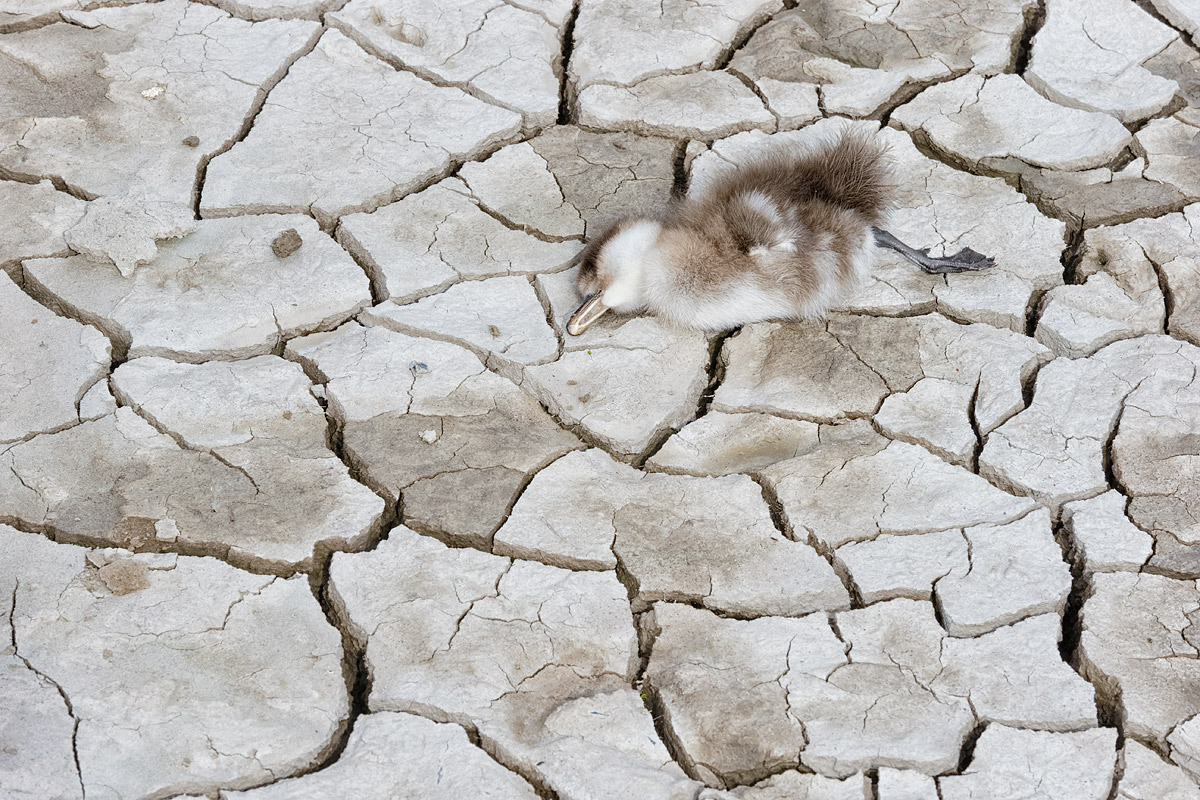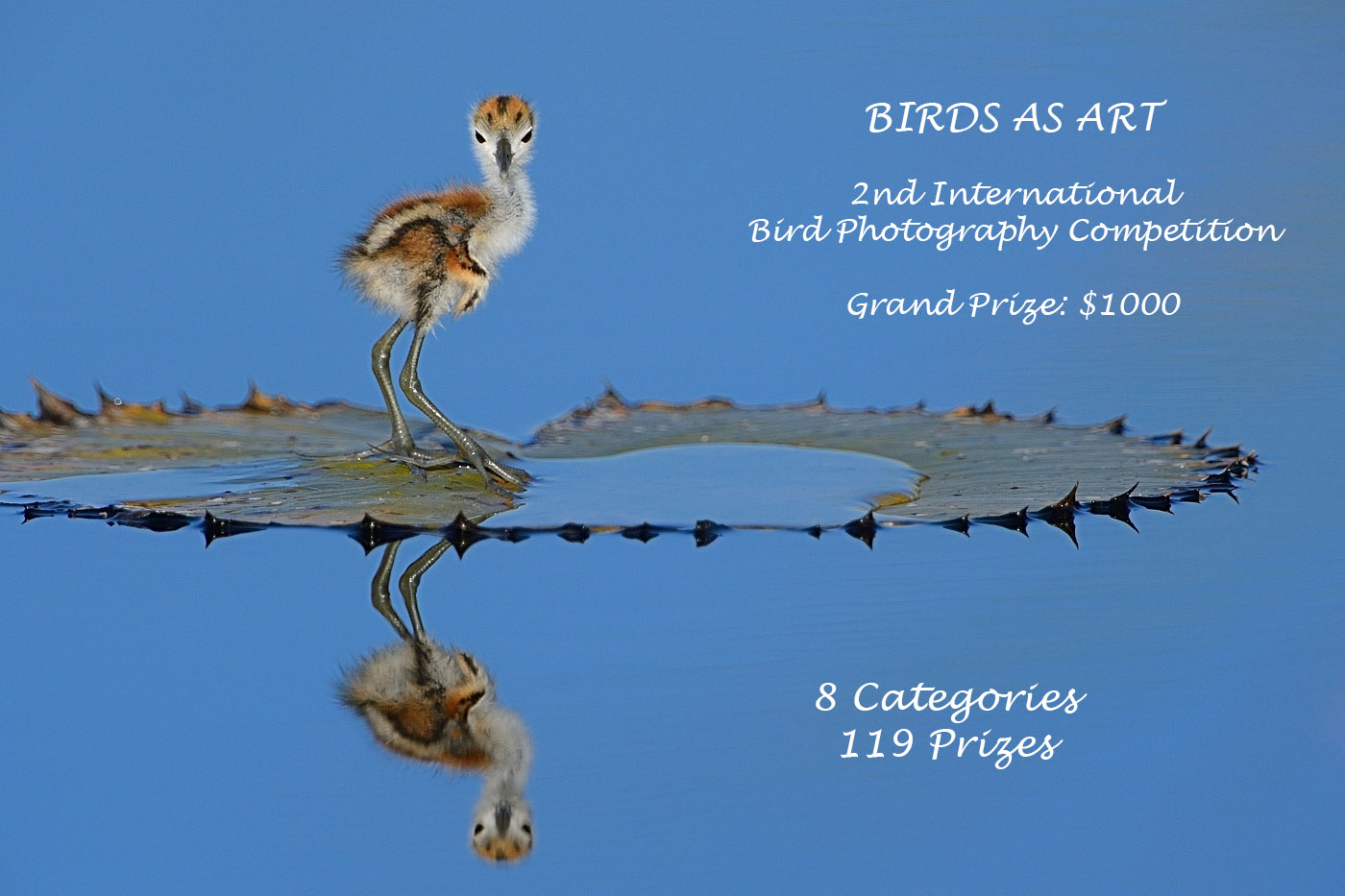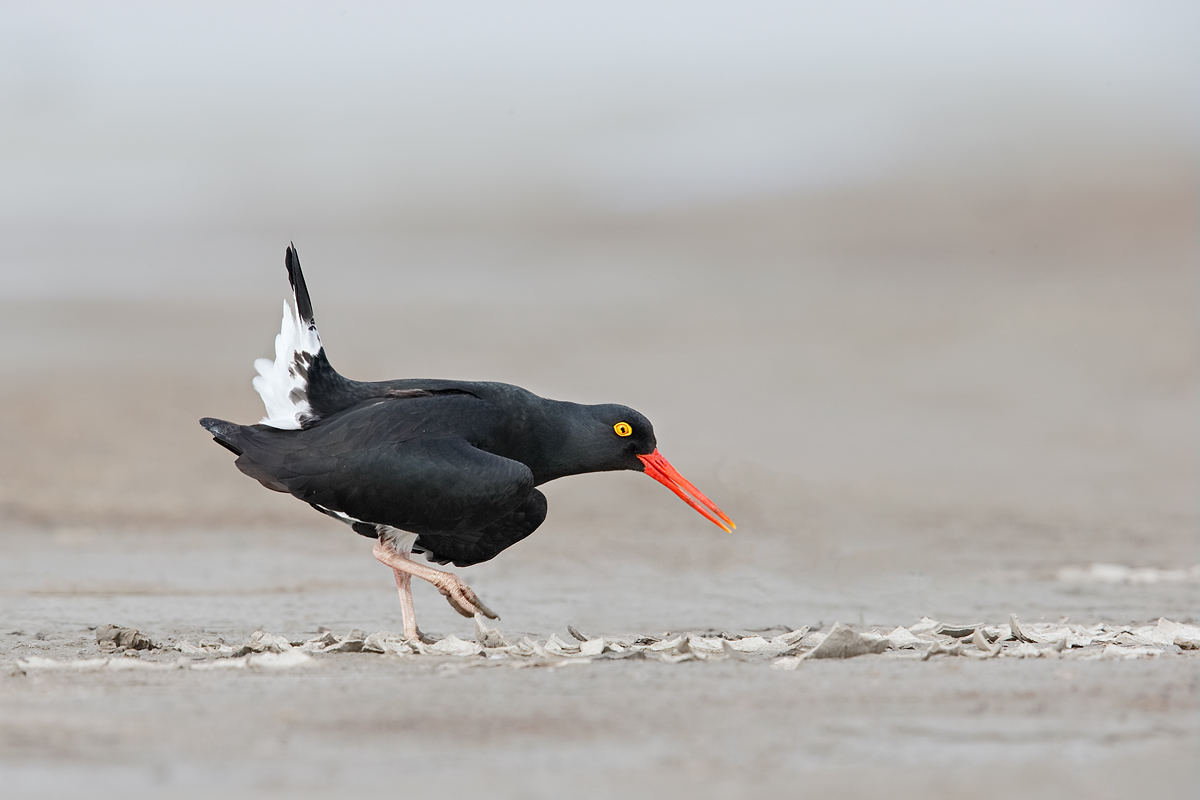
|
|
This White-tufted Grebe image (please note the correct name :)) was created at Torres del Paine National Park with the Gitzo 3532 LS carbon fiber tripod, the Mongoose M3.6 head, the Canon EF 600mm f/4L IS II USM lens, the Canon 2x EF Extender III (Teleconverter), and the Canon EOS-1D X. ISO 800. Evaluative metering +2 stops: 1/320 sec. at f/10 in Manual mode. Central sensor (by necessity) Expand/AI Servo Rear Focus AF on the base of the back of the bird’s neck active at the moment of exposure. Click on the image to see a larger version.
|
Educational Updates From Way Back When…
With all of the travel I have been doing it has been easy to miss following up on the questions and comments from various blog posts. Today I will be correcting that situation. This will give everyone a great opportunity to learn a ton. If I missed anything, please feel free to either leave a comment or to shoot me an e-mail.
High Key Grebe-e-licous
In the comments at High Key Grebe-e-licous Jim Amato commented, “Arthur, Beautiful birds, good exposures, detail and framing. Backgrounds too stark. Birds seem to be “on top” of bright glare.” I took his comment to heart. For the repost above I darkened and added color to the water using a Selective Color Adjustment. I added Black and removed Yellow from the WHITEs, the BLUEs, and the NEUTRALs. I like the improved version much better than the original. Thanks Jim!
With and Without: Teleconverter Versatility
In With and Without: Teleconverter Versatility, I simply could not pick a favorite Chilean Swallow image. I love the single bird on the lichen log and I love the group on the fence. I did not love the weather that day. 🙂

|
|
This dead Crested Duck duckling image was created with the Gitzo 3532 LS carbon fiber tripod, the Mongoose M3.6 head, the Canon EF 70-200mm f/2.8L IS II USM lens at 182mm, and the Canon EOS-1D X. ISO 800. Evaluative metering +1 1/3 stops: 1/160 sec. at f/22 in Av mode. Central sensor/AI Servo Rear Focus AF on the duckling’s face and re-compose. Click on the image to see a larger version. |
Survival or Not… Death and Life on a Mudflat
In Survival or Not… Death and Life on a Mudflat I asked these questions about the image above:
Why f/22 for the first image? If you kept the same framing, why might the 100 macro have been a better lens choice for the first image?
Why f/22? Multiple IPT veteran Doug West answered that one correctly when he commented, “In regards to F22…you were probably fairly close so to get everything in sharp focus, including the cracks, you needed to stop down as much as you could since DOF decreases as you get closer to the subject.”
As far as “If you kept the same framing, why might the 100 macro have been a better lens choice for the first image?” nobody hit the nail on the head.
Here is the answer: with the 70-200 and its 3.94 feet (1.5 meter) minimum focusing distance (MFD) it was necessary to stay back from the subject. To get the framing that I wanted I was unable to parallel the subject; I had to work at an angle to the dead duckling. With the 100 macro and its 0.99 foot (.3 meter) MFD it would have been easy to hand hold, parallel the subject, work at f/8 and get all the mud cracks sharp, and make a better. more pleasing image with less effort. With the 100 macro I would been looking right down on the duckling and gotten a much better view of its shape and form.
My 100 macro was in the van :(. Watch for a future blog post on the advantages of traveling with the Canon EF 100mm f/2.8L Macro IS USM lens.
|
This image was created with the hand held Canon EF 70-200mm f/2.8L IS II USM lens (at 85mm) and the Canon EOS 5D Mark III. ISO 800. Evaluative metering +1 stop: 1/250 sec. at f/8. One sensor to the right and two rows up from the central sensor/AI Servo-Surround/Rear Focus AF as framed active at the moment of exposure. Click here if you missed the Rear Focus Tutorial. Click on the image to see a larger version. |
Large Grey Trio
In Large Grey Trio I responded to each of the many comments. My favorite image was the first one, the image immediately above. I love the intimacy, the soft light and colors, and the undefinable “it” factor. I agree with Ted Wilcox who wrote, “Some images for what ever reason, have an instant impact on me when I first view them. Your first image is one such image!!” As for the clipped ear there, I wrote, “At first I was unhappy with the clipped ear but in retrospect, had I gotten the whole ear in that would have left a lot of white sky upper right to distract the viewer.”
|
This Magellenic Oystercatcher image was created with the Gitzo 3532 LS carbon fiber tripod, the Mongoose M3.6 head, the Canon EF 600mm f/4L IS II USM lens, the Canon 2x EF Extender III (Teleconverter), and the Canon EOS-1D X. ISO 800. Evaluative metering +1 stop as framed: 1/500 sec. at f/10 in Manual mode. Central sensor (by necessity) Expand/AI Servo Rear Focus AF one inch behind the eye active at the moment of exposure. Click on the image to see a larger version. |
Fun on the Mudflats
In Fun on the Mudflats the first image of the displaying Magellanic Oystercatcher above was my favorite. I love the pose, the soft light, and the perfect exposure with detail in both the blacks and the whites. When I posted this image in the Avian Gallery at Bird Photographer’s.Net, the BPN folks agreed. You can see all the comments here. You can see the original capture in Pane #19.
Stay Tuned
Wow, I can’t believe that I missed so much important stuff. Stay tuned for Part II and probably Part III. Coming soon, I hope. 🙂
Bosque IPTs/Late Registration Discounts Increased
It’s Getting Late!
For information on both the 7-Day and the recently announced short version of the 2013 Bosque IPTs please scroll down here. If you would like to join us for the first 3 or 4 days of this IPT please shoot me an e-mail. Please call Jim at 863-692-0906 or e-mail for late registration discount info.

|
BIRDS AS ART 2nd International Bird Photography Competition
Learn more and enter the BIRDS AS ART 2nd International Bird Photography Competition here. Twenty-five great prizes including the $1000 Grand Prize and intense competition. Bring your best.
2014 Tanzania Summer Safari
If you are interested in joining us in Tanzania next summer please shoot me an e-mail and I will be glad to forward you the PDF with dates, itinerary, and price.
Support the BAA Blog. Support the BAA Bulletins: Shop B&H here!
We want and need to keep providing you with the latest free information, photography and Photoshop lessons, and all manner of related information. Show your appreciation by making your purchases immediately after clicking on any of our B&H or Amazon Affiliate links in this blog post. Remember, B&H ain’t just photography!




Amazon
Everyone buys something from Amazon, be it a big lens or deodorant. Support the blog by starting your search by starting your search by clicking on the logo-link below. No purchase is too small to be appreciated; they all add up. Why make it a habit? Because I make it a habit of bringing you new images and information on an almost daily basis.
Typos
In all blog posts and Bulletins feel free to e-mail or leave a comment regarding any typos, wrong words, misspellings, omissions, or grammatical errors. Just be right. 🙂
IPT Info
Many of our great trips are filling up. You will learn more about how to make great images on a BAA IPT than anywhere else on the planet. Click here for the schedule and additional info.
















Arthur,
Thank you for reflecting on my comments.
Your Selective Color Adjustment highlights the White-tufted Grebe with a pleasing color contrast to the water.
When you do a side by side view of the two images, the “new” Grebe image is more prominent.
The colors and feather definition are more striking and there is more depth on the birds body.
The beak, head feathers and the eye and fan feathers are remarkable.
This bird will fly!
I especially like the tones of the water and there is a nice “lake like” glimmer.
Jim Amato